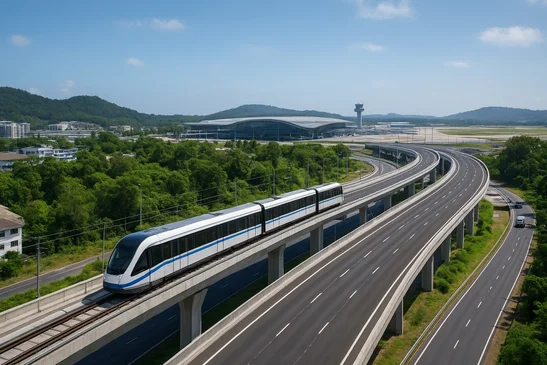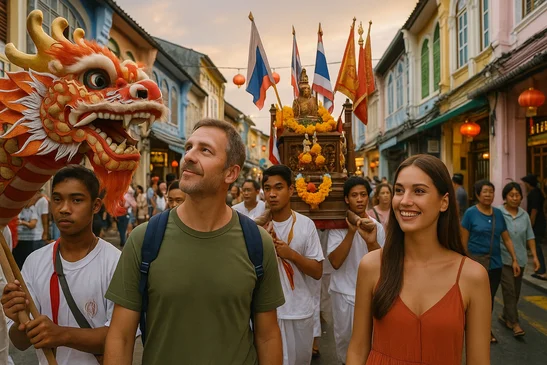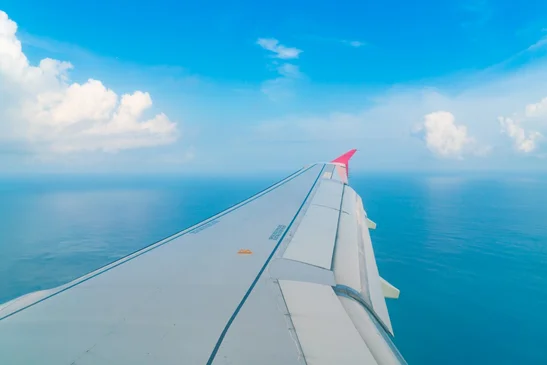Phuket’s got a lot to offer, and while it’s not a huge island it takes a bit of travel to get around. Whether it’s mountaintop viewpoints or deserted beaches you’re after, it’s going to require some way of getting around.
Walking and Cycling
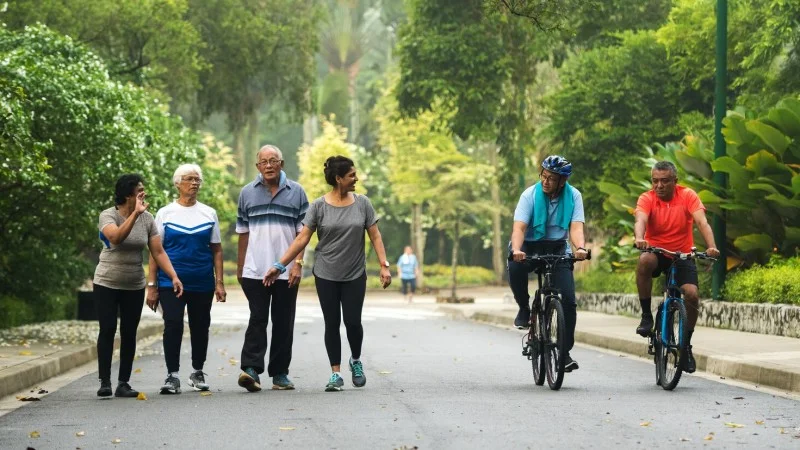
For those who prefer a more leisurely pace, exploring Phuket on foot or by bicycle is certainly possible. While many areas of Phuket Old Town and the west coast beach towns have areas that are fairly easy to navigate, pedestrian paths aren’t always available and, when they are, they are often clogged with signs and parked motorbikes. Areas full of shops and restaurants are great for walking where you can step into shops easily. Otherwise, when venturing out of these commerce zones, footpaths are often absent and it can be challenging to walk on the road. Riding a bicycle can also be fun in certain areas of the island, especially quieter areas like Mai Khao or around Laguna, but cyclists must beware of the often chaotic driving situation.
Electric Scooters/Bicycles
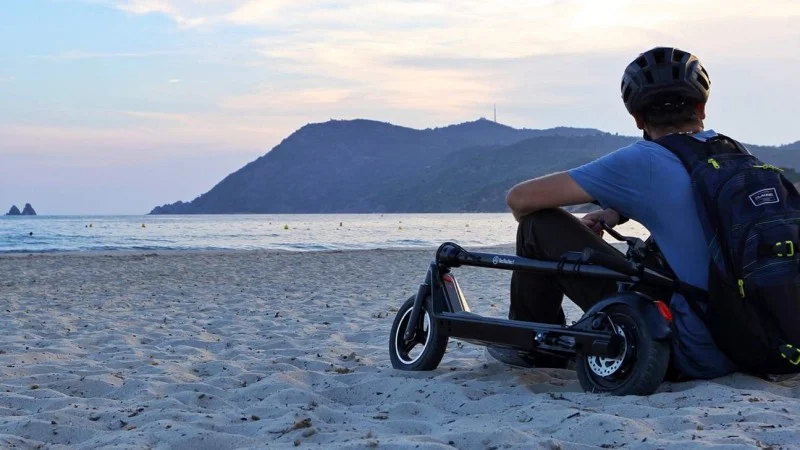
Compared to some other cities around the world, the e-scooter trend hasn’t really taken off in Phuket. That being said, things are moving in that direction with a recent announcement that e-scooters are now available in Phuket Town, Patong, and two college campuses with other towns like Kata, Karon, and Kamala to follow.
Electric bicycles can be found at some motorbike rental agencies and are a good option if you’re not planning on going too far, or might not be comfortable riding a motorbike.
Tuk Tuks
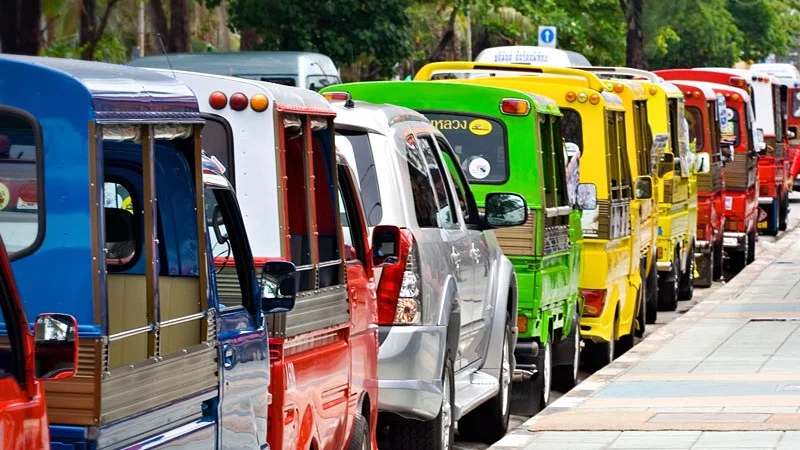
Not to be confused with the three-wheeled version found in Bangkok, the often red-colored mini-truck tuk tuks are a common sight around the island. These open-air vehicles are good for short distances and can navigate traffic more easily than a car. While negotiating fares is customary, you may still find that tuk-tuks are the costliest transportation in Phuket. There is a continual decades-long battle between the tuk-tuk drivers and other forms of cheaper transportation that are gradually taking over.
Motorbikes and Cars
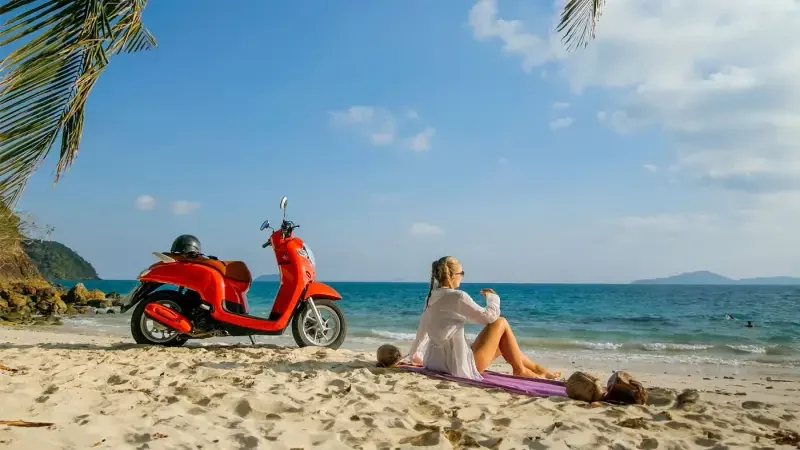
Motorbikes are by far the most ubiquitous form of transportation in Phuket. However, without prior experience, it can be quite challenging and dangerous. They can be found easily in many styles, in any price range, new or second-hand. They are cheap to maintain and operate, and are faster in traffic, and easier to park.
Having a car is nice to avoid the rain and enjoy the air conditioning. Save yourself hassle by buying a common brand or parts and service will be a headache. If buying second-hand, beware of vehicles that have been in accidents or floods.
Public Buses and Songthaews
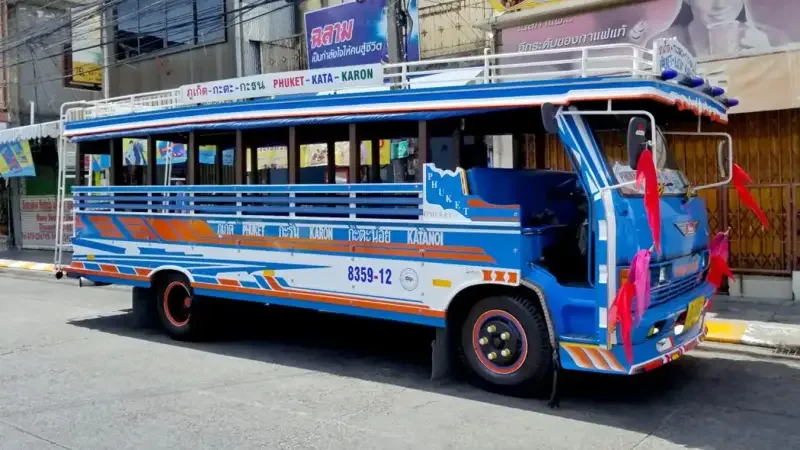
Phuket's public bus system is not very extensive and is not heavily used by expats or tourists. The most commonly used routes are the buses that go between Old Town Phuket Town and the airport, and the Phuket Smart Bus (PSB) which runs along the west coast from the airport to Rawai. The PSB is useful if traveling between beach towns or when flying out of the airport. It’s only THB 100 and runs from 6:20 am to after midnight.
Songthaews are slow-moving, open-air trucks that run between specified locations usually noted on the side of the vehicle. If you don’t mind going slow and taking in the scenery, they’re not a bad way to go and are typically only THB 50.
Boat and Ferries

Anyone who stays in Phuket long enough will want to explore the coastline and nearby islands. Whether it's a day trip snorkeling to Koh Phi Phi or a luxurious cruise around Phang Nga Bay, boat excursions provide a different perspective of Phuket's natural beauty.
Many boats leave out of the Ratsada Pier just east of Phuket Town including speedboats to Koh Phi Phi and vehicle ferries to Koh Yao Yai. For other east coast journeys, boats will often depart from Ao Po Marina, Royal Phuket Marina, and Boat Lagoon. For exploring southern islands, speedboats, and longtail boats can be found on Rawai Beach.
